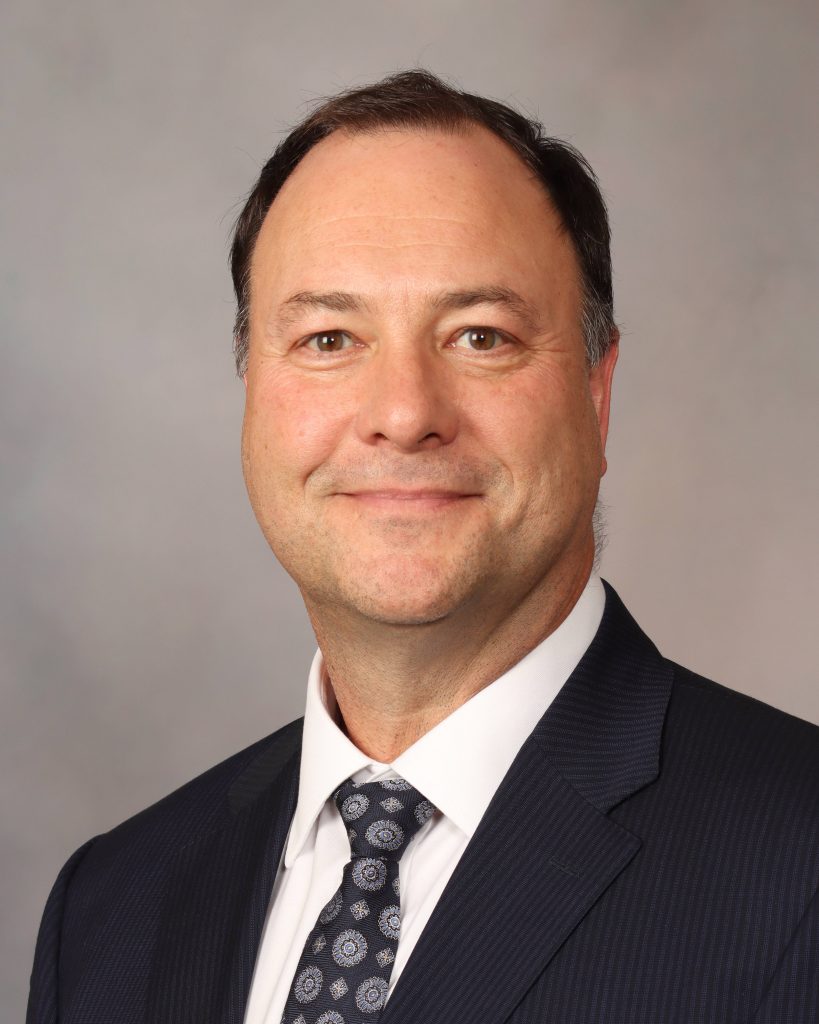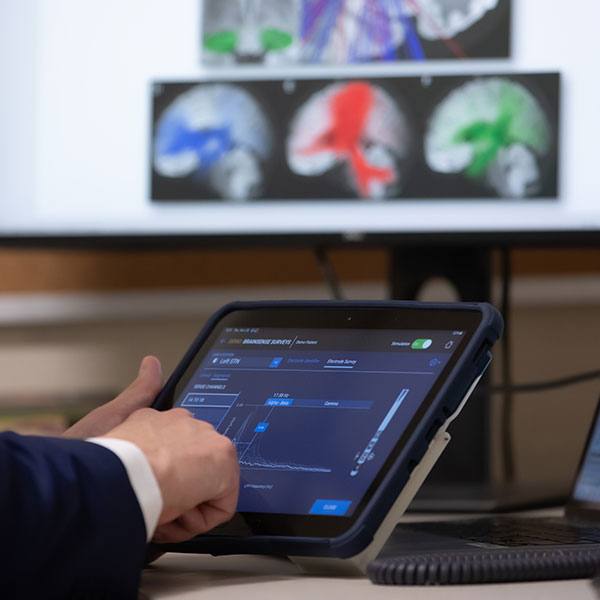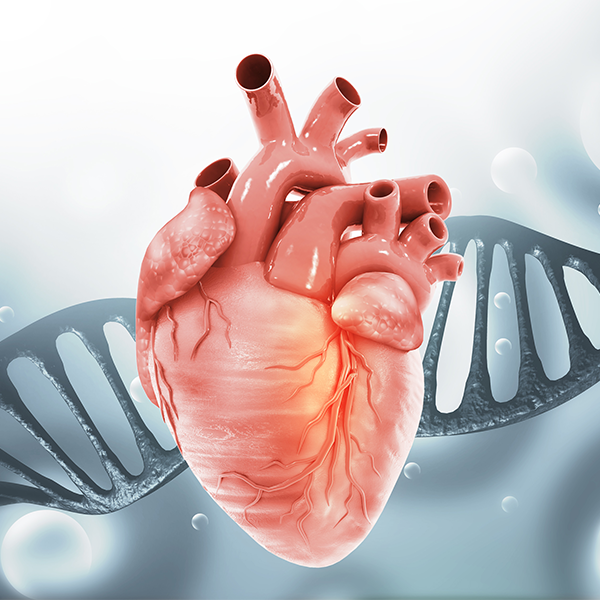-
Mayo Clinic researchers blaze a trail of rare disease advancements
(Video: Filippo Pinto e Vairo, M.D., Ph.D., medical director of Mayo Clinic’s Program for Rare and Undiagnosed Diseases, analyzes genetic data on screen, uncovering insights into rare disease.)
February 28 is Rare Disease Day, a time to recognize the millions of people worldwide living with conditions that often go undiagnosed or untreated. In the U.S., a disease is considered rare if it affects fewer than 200,000 people.
More than 7,000 rare diseases have been identified, many of them genetic. These conditions can affect vital organs, the nervous system, the immune system and other critical functions.
At Mayo Clinic's Center for Individualized Medicine, researchers and clinicians are advancing precision medicine to improve diagnoses and develop treatments once thought impossible. A key part of this effort is the center's Rare Disease Omics strategy. This innovative approach moves discovery from the lab to patient care.
By combining multiple layers of biological omics data, including genomics (study of genes), proteomics (study of proteins), and other molecular insights, scientists uncover how rare diseases form at their earliest stages and progress over time. Using omics tools, they identify mutations, examine disruptions in cellular function and trace how small errors in biological processes can lead to disease.
"Our goal is to build a discovery pipeline," says Timothy Curry, M.D., Ph.D., the William O. Lund, Jr. and Natalie C. Lund Program Director for Clinomics, and the associate director of Practice Implementation at the Center for Individualized Medicine. Dr. Curry leads the center's Rare Disease Omics pillar.
"Every breakthrough we make brings us closer to the day when rare diseases once thought untreatable can be managed or even cured," he says.
Artificial Intelligence helps accelerate research
Artificial intelligence helps researchers identify genetic mutations and patterns that are difficult to detect through traditional methods. AI also helps teams search for existing drugs that might be repurposed for rare conditions.
These advances are unlocking new treatment possibilities. Scientists are developing personalized therapies, including RNA-based treatments that target genetic errors without altering DNA.

"Every breakthrough we make brings us closer to the day when rare diseases once thought untreatable can be managed or even cured."
Timothy curry, m.d. ph.d.
At the same time, Mayo Clinic is expanding efforts to provide answers for patients with unexplained conditions. The Program for Rare and Undiagnosed Diseases has delivered in-depth genomic analysis to more than 3,200 patients since its launch in 2019.
Now, the next step is bringing these discoveries to more patients. Mayo Clinic is expanding genetic testing and counseling to give more people with complex conditions access to expert care and research.
Special presentations spotlight rare disease experts
To mark Rare Disease Day, Mayo Clinic will host a virtual event featuring a global leader in rare disease advocacy.
February 27 at 12 p.m. CST – A Conversation with Dr. Durhane Wong-Rieger
Durhane Wong-Rieger, Ph.D., president of the Canadian Organization for Rare Disorders and a key figure in the International Rare Diseases Research Consortium, will share insights on improving treatment access and driving innovation. She has been instrumental in shaping policies that expand options for patients. With expertise spanning global initiatives and groundbreaking research, she will discuss how advances in genomics and AI can bridge — or deepen — the divide in healthcare equity for rare disease patients worldwide. Learn more.
Related story
Advancing rare disease breakthroughs with genomics, AI and innovation
Patient by patient, researchers at Mayo Clinic's Center for Individualized Medicine are making notable progress in rare disease diagnostics and treatments. Read more.

Related Articles







